


The Peabody Museum has long published a variety of print and electronic publications relating to collections, projects, and excavations conducted by Peabody Museum staff and Department of Anthropology faculty.
Current publications can be found under Books with links to purchase, while pre-1970s publications include links to texts when available.
| tozzer_12_redacted.pdf | 57.86 MB | |
| tozzer_11_redacted.pdf | 79.17 MB |
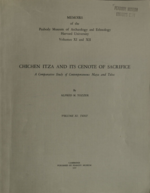
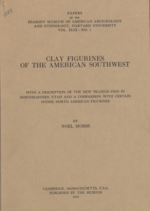
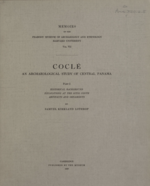
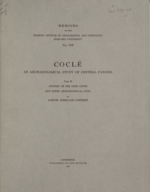
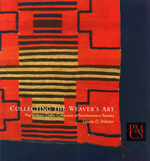
Foreword by Tony Berlant
This is the first publication on a remarkable collection of sixty-six outstanding Pueblo and Navajo textiles donated to the Peabody Museum in the 1980s by William Claflin, Jr., a prominent Boston businessman, avocational anthropologist, and patron of Southwestern archaeology. Claflin bequeathed to the museum not only these beautiful textiles, but also his detailed accounts of their collection histories—a rare record of the individuals who had owned or traded these weavings before they found a home in his private museum. Textile scholar Laurie Webster tells the stories of the weavings as they left their native Southwest and traveled eastward, passing through the hands of such owners and traders as a Ute Indian chief, a New England schoolteacher, a renowned artist, and various military officers and Indian agents. Her concise overview of Navajo and Pueblo weaving traditions is enhanced by the reflections of noted artist and Navajo textile expert Tony Berlant in his foreword to the text.
Laurie D. Webster is an independent scholar and textile consultant, and Visiting Scholar in the Department of Anthropology at the University of Arizona.
Tony Berlant is an artist and author, and collector, curator, and expert on Navajo textiles.
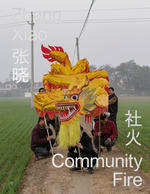
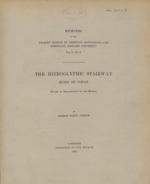
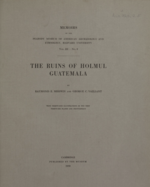
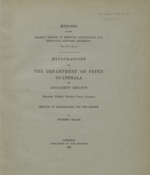
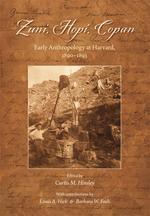
Zuni, Hopi, Copan: Early Anthropology at Harvard, 1890–1893 publishes one hundred letters from John Gundy Owens to Deborah Harker Stratton, currently held in the Peabody Museum of Archaeology and Ethnology at Harvard University. Owens was one of the first graduate students in anthropology at Harvard; his poignant letters to “Miss Debbie” trace a budding relationship of affection in late Victorian America and offer vivid, highly entertaining accounts of his fieldwork at Zuni pueblo in New Mexico, Hopi mesa villages in Arizona, and the Maya site of Copan in Honduras.
Tragically, Owens died at age twenty-seven in Copan; Stratton never married and kept the letters until her own death, nearly fifty years later. Introductory essays by Curtis M. Hinsley, Louis A. Hieb, and Barbara W. Fash contextualize the annotated letters and shed new light on early anthropological training in the United States.
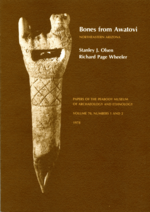
Bones from Awatovi contains a detailed analysis of the massive collection of both the faunal remains and the bone/antler artifacts recovered from the site of Awatovi. Unique in its size and degree of preservation, the Awatovi faunal collection provides rich ground for analysis and interpretation. Olsen and Wheeler deliver an in-depth examination which is of interest to archaeologists and faunal analysts alike.

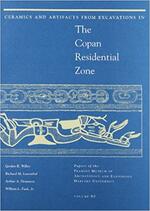
This is the first of two volumes addressing the Harvard University excavations in an outlying residential zone of the Copan in Honduras. The book offers detailed descriptions of ceramics and all other artifacts during 1976–1977. The materials pertain largely to the Late Classic Period. Ceramics are presented according to the type-variety system.
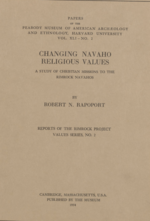
Peabody Museum Papers Volume 41, no. 2
(Reports of the Rimrock Project Values Series, no. 2)
The Peabody Museum also publishes Anthropological Literature, a research database that indexes over 660 journals in multiple languages -- a highly recommended research tool.